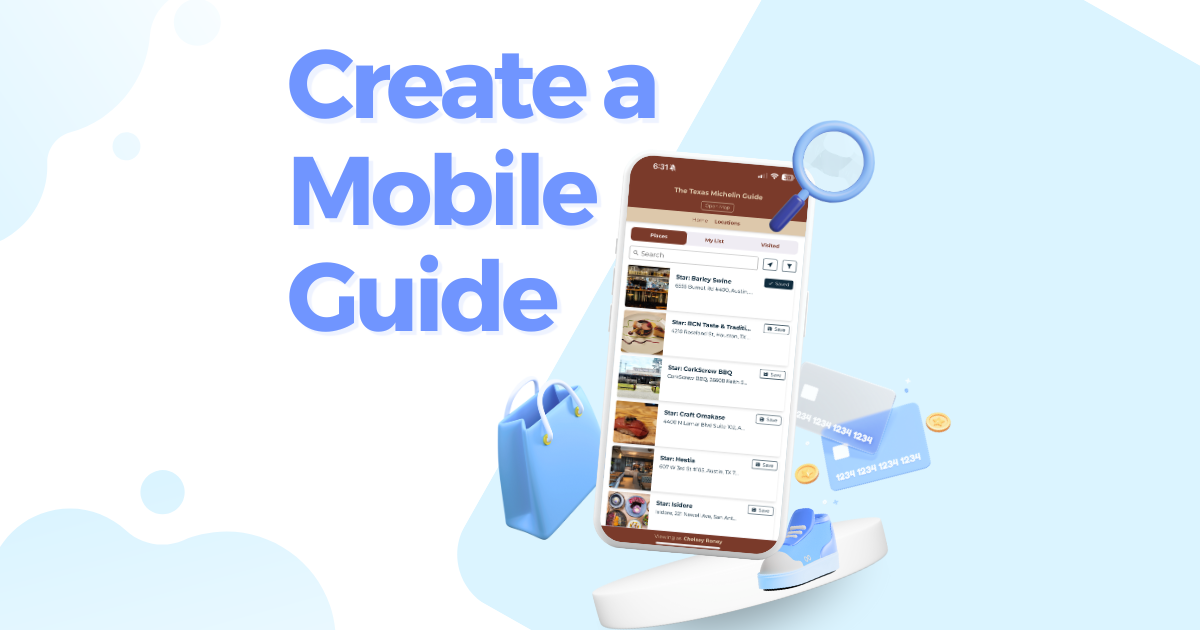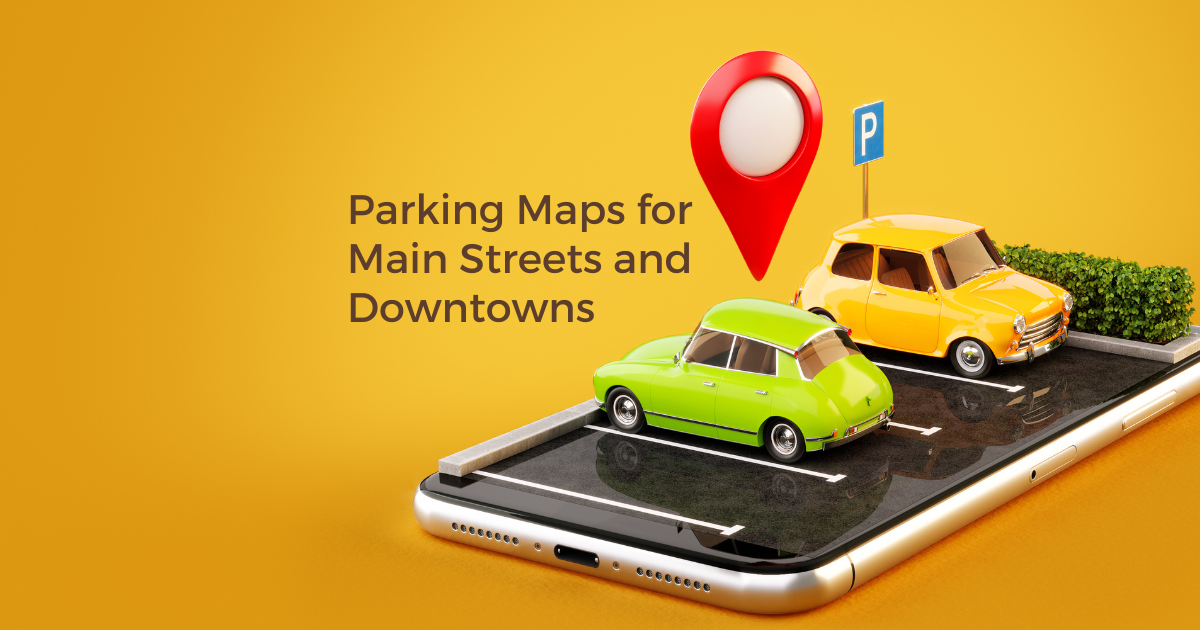.png)
In the digital age, interactive maps have evolved far beyond simple navigation tools. They now serve as storytellers, planning aids, and powerful visual tools that help websites engage and inform visitors. Whether you’re a blogger, a small business, or a destination marketing organization, incorporating interactive maps into your website can offer a multitude of benefits. Here are ten reasons why you should consider adding a Proxi map to your site.
The Value of Interactive Maps
Interactive maps are incredibly user-friendly. They allow users to explore and apply spatial orientation (or what we like to call the power of Proximity) that enables viewers to quickly understand detailed information. This expanded functionality transforms maps from basic navigational aids into dynamic tools for storytelling and planning. They provide a visual and interactive way to convey complex information simply and effectively.
Who Benefits from Adding a Custom Map to Their Website?
The short answer: everyone! From bloggers like “The Austin Things” to Fortune 500 companies like JLL, businesses across all industries can reap the rewards of interactive maps. Sectors such as destination marketing, retail, real estate, tourism, local government, and hospitality all stand to gain. Maps can showcase projects, guide users to resources, organize events, and so much more. Let’s explore the key benefits of adding an interactive digital map to your website.
The 10 Benefits of Maps on Websites
1. Enhanced Engagement
Interactive maps make your website more engaging. Visitors are encouraged to explore the map and its points of interest, which provides an intuitive way to discover new information. Including photos, videos, audio, and more within map points can create a seamless and immersive experience.
For instance, JLL uses Proxi to showcase its London project portfolio. Viewers can explore different projects interactively and easily visualize the scope of JLL’s London team.
2. Improved User Experience
Visual and interactive elements help visitors easily locate the places or events you mention, making your site more user-friendly. Search functionality with categories, tags, and keyword searches allows viewers to find exactly what they need.
For example, Visit Hood River’s Visitors Guide enables users to effortlessly find attractions around town that fit their interests.
3. Increased Time on Site
Adding an interactive map to your website can captivate your visitors, encouraging them to stay longer and explore more. This engagement helps lower your bounce rate, sending a strong positive signal to search engines about your content's relevance and quality. Search engines like Google prioritize user experience when ranking sites. By enhancing user experience with an interactive map that guides visitors to the information they seek, you can boost your website’s SEO and climb the search rankings.
A taste of Koko, a popular Austin Blogger and Influencer strategist, includes maps on her posts to improve her site’s SEO.
4. Better Visual Storytelling
Maps help you visually represent your story or information, making it easier for visitors to understand and follow along. Your website visitors may not have the patience to search through long pages of text or tables. Maps provide a visual, easy-to-digest solution, allowing users to pinpoint the most relevant locations quickly.
For example, the University of Virginia uses maps to complement articles about obscure places on campus, creating a hands-on experience for finding these spots.
5. Boost Conversions
For travel or event-related websites, maps help visitors plan their trips or activities by giving them a clear idea of locations and routes. Gamified experiences can boost foot traffic to local businesses, enhancing economic impact. Maps can include links to conversion areas such as booking pages, directions, check-ins, and more.
For instance, Piper and Leaf's store locator map makes it easy for customers to find and visit their locations.
6. Additional Sponsorship Opportunities
Using image overlays and highlighted points, you can curate different sponsorship levels and opportunities for your content. This is particularly beneficial for event maps, such as a conference map that showcases key sponsors. Highlighted sponsorship points on the map can attract higher engagement and visibility for sponsors.
Explore this ACCE conference map that showcases event and vendor sponsors with image overlays and glowing points.
7. Encourages Sharing
Proxi maps are just a link! This makes them incredibly easy to share on social media, broadening your website’s reach and attracting new visitors. Think of it as a ripple effect—each share extends your map’s visibility, drawing more traffic back to your site.
For example, The Mandagies created a travel guide map as part of a social media campaign. This interactive map not only drove traffic to their blog but also made sharing across various platforms seamless and efficient. The engaging map format caught the attention of their audience, encouraging them to explore more content on the blog.
8. Enhanced Credibility
Including a map with accurate locations and detailed information adds a layer of credibility to your site. It shows that you’ve done thorough research and adds a professional touch, making your content more trustworthy to your audience.
Take Ketti’s sustainable shopping guide, for instance. By using an interactive map to showcase verified eco-friendly stores, the guide not only provides valuable information but also enhances its reliability. Visitors can trust that the locations are accurate and well-researched, boosting the overall credibility of the guide.
9. Lead Generation Tools
The magic truly happens with a Call-to-Action (CTA) button. With just a simple click, visitors can be directed to a page where they can make a purchase, buy a ticket, fill out a form for more information, request a demo, or get a callback. This functionality transforms your map into a powerful lead generation tool. Plus, Proxi maps can feature pop-up forms designed to capture the emails of engaged viewers, helping to grow your subscriber list.
For instance, a real estate map guide can utilize CTA buttons to drive potential buyers to contact agents or schedule viewings. Imagine a potential buyer exploring a neighborhood map and finding a property they love—one click on a CTA button, and they're instantly connected with an agent or able to book a viewing. This seamless interaction not only enhances user experience but also significantly boosts lead conversion.
10. Real Time Updates
One of the most powerful features of interactive maps is their ability to provide real-time updates. This is especially beneficial for events, travel information, or any scenario where details can change frequently. By incorporating a map that can be updated in real time, you ensure that your visitors always have the most current information at their fingertips.
For example, a festival organizer could update a map with real-time changes to event schedules, locations of food trucks, or emergency information, providing a seamless experience for attendees.
Final Thoughts
Interactive maps are more than just a feature—they’re a transformative tool that can enhance engagement, improve user experience, and boost your website's overall performance. By incorporating a Proxi map into your site, you can unlock these benefits - providing a richer, more engaging experience for your visitors.
Start building your Proxi map today and transform how you share place information with your audience.
Related Articles
Get Inspired
View All Featured MapsAdventure Awaits!
Check out some of the latest articles on our blog





.png)
